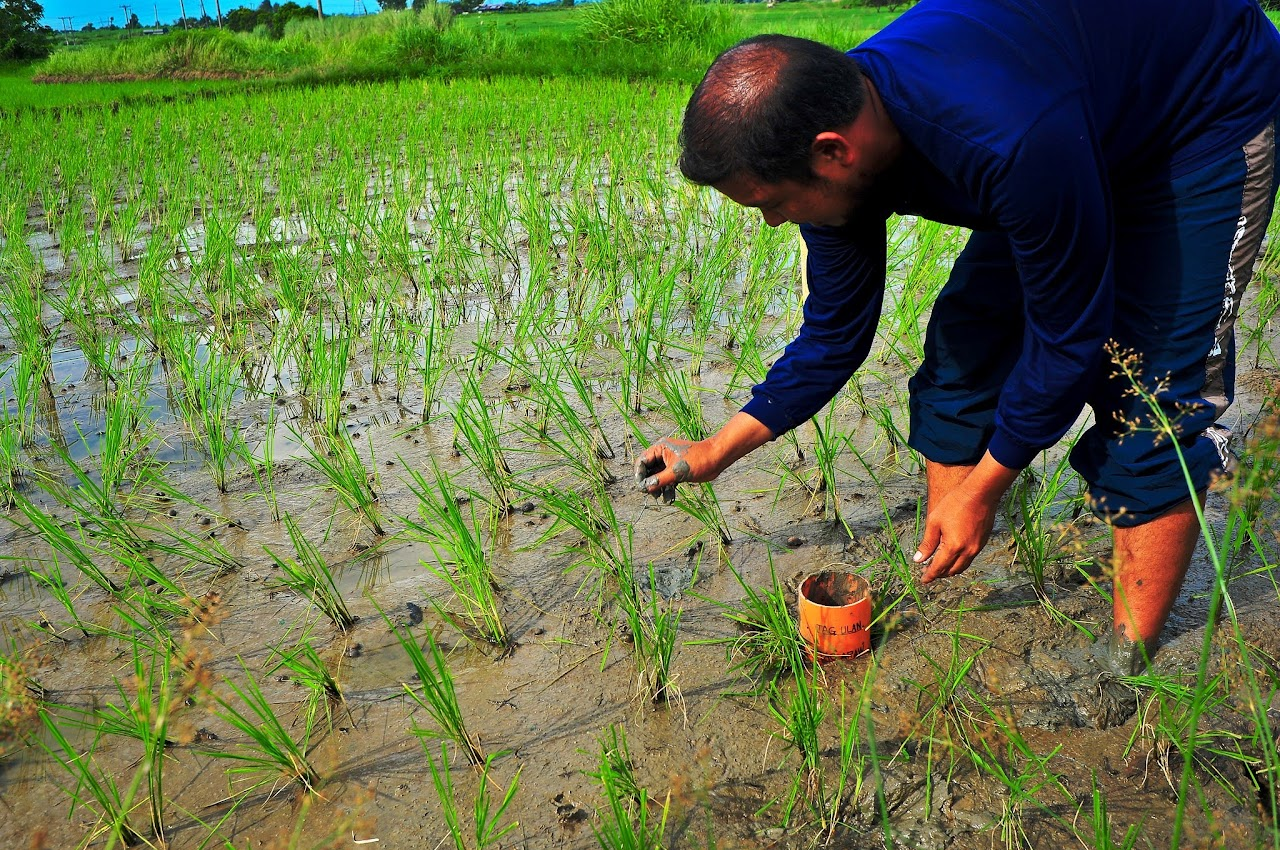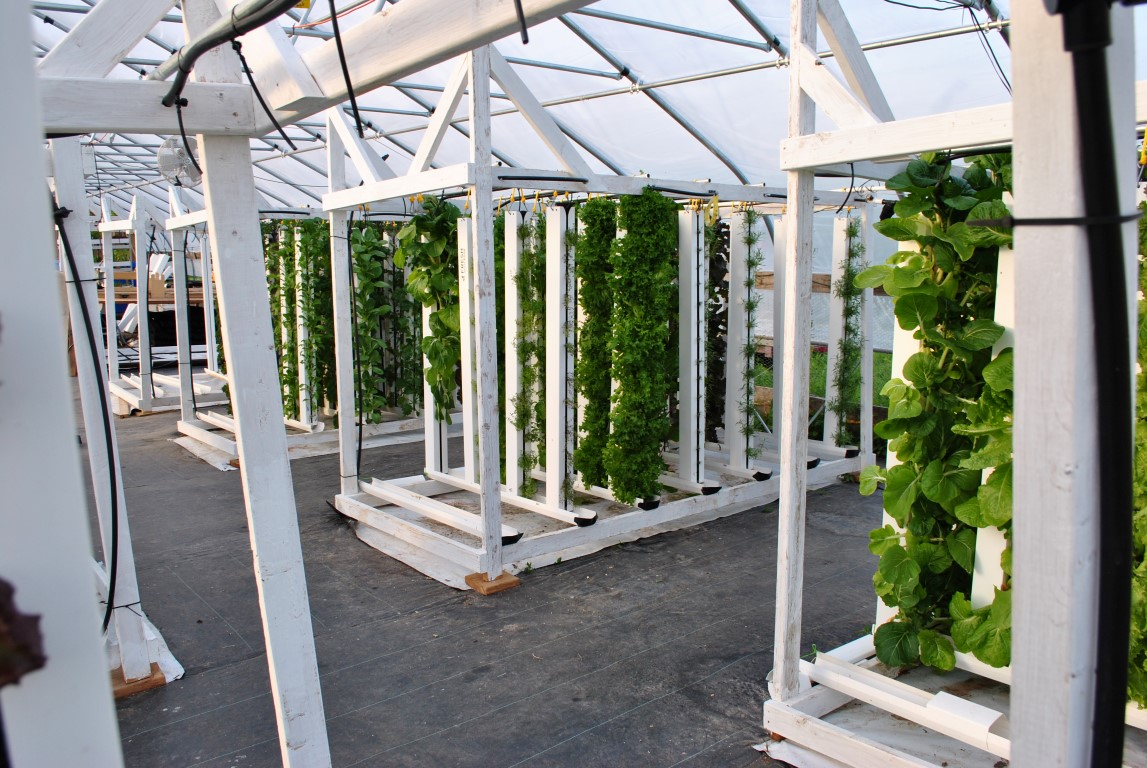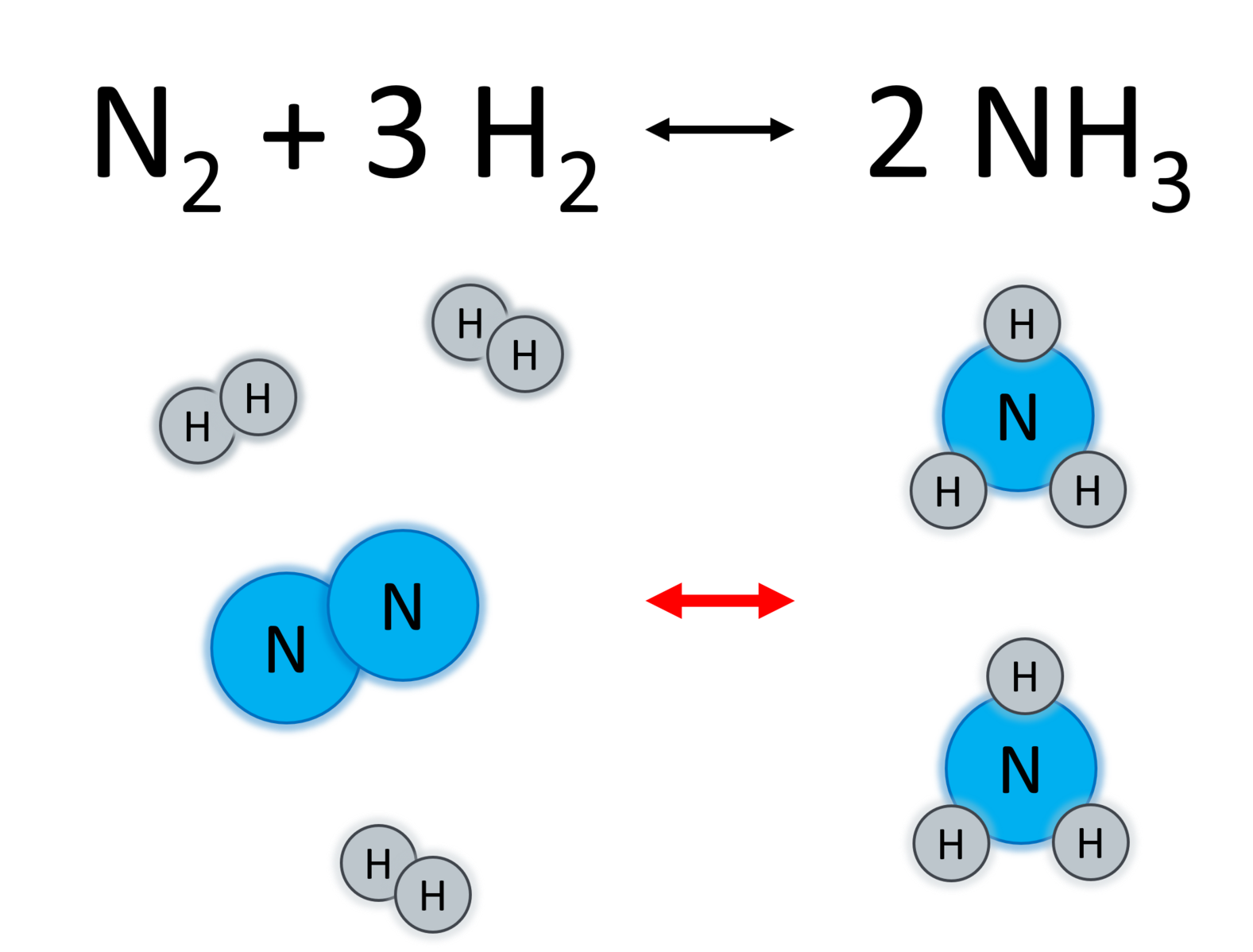IB Syllabus focus:
‘Reduce demand and waste, cut agricultural GHGs, and raise productivity without expanding farmland (e.g., low-methane rice, improved ruminant diets, longer shelf life, GM/biotech, high-tech greenhouses, vertical farming), noting potential fossil-fuel dependencies.’
Sustainable food supply is essential for balancing human needs and environmental integrity. This section explores strategies and technologies designed to improve productivity while minimising ecological impacts.
Strategies for Sustainable Supply
Reducing Demand and Waste
One of the most effective strategies for sustainability is managing consumption rather than just increasing production. Reducing demand lowers pressure on ecosystems and natural resources.
Food waste reduction: At least one-third of food produced globally is wasted. Cutting losses across harvesting, transport, retail, and households can dramatically improve sustainability.
Dietary changes: Shifting towards lower-trophic diets—primarily plant-based—maximises the energy available for humans and reduces the resources required for livestock farming.
Supply chain management: Better storage, refrigeration, and distribution reduce spoilage and waste, especially in low-income regions where infrastructure may be limited.
Cutting Agricultural Greenhouse Gas Emissions (GHGs)
Agriculture contributes significantly to global GHG emissions, especially methane (CH₄) and nitrous oxide (N₂O). These gases are far more potent than carbon dioxide.
Low-methane rice cultivation: Flooded paddy fields create anaerobic conditions where methane-producing microbes thrive. New practices, such as intermittent flooding, can reduce methane emissions.

A farmer checks the perforated field water tube used in Alternate Wetting and Drying (AWD) to decide when to irrigate. Periodic drainage reduces methane by re-introducing oxygen to the soil without sacrificing yield. This photograph illustrates the low-cost, field-level technology behind low-methane rice. Source.
Improved ruminant diets: Ruminant livestock such as cows and sheep produce methane during digestion. Feeding strategies, including high-quality forages and supplements, reduce emissions per kilogram of meat or milk.
Reduced fertiliser use: Synthetic nitrogen fertilisers release nitrous oxide. Precision application methods and organic alternatives can lower emissions while maintaining soil fertility.
Technologies for Sustainable Productivity
Genetic Modification and Biotechnology
Genetically modified (GM) crops and biotechnological innovations aim to improve yields while using fewer resources.
Genetically Modified (GM) Organism: An organism whose DNA has been altered to introduce desirable traits such as pest resistance, drought tolerance, or enhanced nutrition.
Applications include:
Pest-resistant varieties that reduce pesticide need.
Drought-tolerant crops that thrive under water scarcity.
Nutrient-enhanced crops that reduce fertiliser requirements.
Although promising, GM and biotech approaches raise ethical and ecological debates, particularly concerning biodiversity loss, dependence on seed companies, and unforeseen ecosystem impacts.
High-Tech Greenhouses
Greenhouses enable controlled-environment agriculture, improving yields and resource efficiency.
Hydroponics and aeroponics: Plants grow in nutrient-rich water or mist, reducing soil dependence.
LED lighting and automation: These optimise photosynthesis and reduce energy waste.
Water recycling: Closed-loop systems cut water use compared to traditional field farming.
Such systems, however, may depend heavily on fossil-fuel-derived energy unless integrated with renewable power.
Vertical Farming
Vertical farming involves growing crops in stacked layers within urban buildings or warehouses.

A hydroponic vertical farm uses stacked ZipGrow® towers to produce leafy greens under controlled conditions. Such systems decouple production from outdoor climate, enabling high output per square metre and precise water and nutrient management. Labels and visual simplicity make the key elements of vertical farming clear. Source.
Vertical Farming: An agricultural method where crops are grown indoors in vertically stacked systems, often using hydroponics or aeroponics.
Advantages:
Reduced land use, vital in densely populated areas.
Local production, lowering food miles and carbon footprint.
Year-round harvesting, regardless of climate variability.
Limitations include high startup costs and heavy reliance on energy, making long-term sustainability dependent on renewable energy integration.
Longer Shelf Life Innovations
Extending the storage life of food reduces waste at consumer and retailer levels.
Biodegradable coatings for fruits and vegetables slow spoilage.
Genetic traits enhancing resistance to wilting or microbial decay.
Cold-chain logistics ensuring consistent refrigeration during distribution.
These approaches not only save food but also reduce the environmental burden of overproduction.
Balancing Benefits and Dependencies
Fossil Fuel Dependencies
While modern technologies enhance efficiency, many remain dependent on fossil fuels for energy, fertiliser production, or transport. For example:
The Haber-Bosch process for nitrogen fertiliser requires natural gas.

Process-flow diagram of the Haber–Bosch route to ammonia, indicating steam reforming of natural gas, gas cleaning, and the high-pressure synthesis loop. It illustrates why synthetic nitrogen fertiliser production is closely tied to fossil fuels. Extra engineering detail is shown here beyond what the syllabus requires. Source.
High-tech greenhouses and vertical farms often rely on electricity that, in many countries, still comes from fossil fuels.
Transitioning to renewable energy sources is therefore essential for ensuring these technologies genuinely contribute to sustainability.
Integrating Strategies and Technologies
The most effective solutions combine demand-side strategies with technological advances:
Reducing waste lowers the need for intensive farming.
GHG-reducing practices improve climate outcomes.
Controlled-environment farming enhances yields in limited land areas.
Renewable energy integration ensures long-term viability.
Together, these strategies reflect the IB emphasis on maintaining food supply without further land expansion, protecting ecosystems while addressing global food security.
FAQ
Alternate wetting and drying (AWD) reduces methane emissions but also influences field ecology. Periodic drying allows oxygen into the soil, encouraging beneficial microorganisms and reducing anaerobic species.
Biodiversity shifts can include:
Increased populations of soil-dwelling insects and earthworms
Reduced growth of methane-producing bacteria
Better conditions for crop root development
This makes AWD both a climate mitigation and ecological management strategy.
Vertical farming is energy-intensive, often relying on artificial lighting, heating, and cooling. If powered by fossil fuels, its emissions may outweigh environmental benefits.
Using renewables changes this balance:
Solar panels on rooftops or integrated systems
Wind turbines for off-grid facilities
Renewable-powered LEDs and water pumps
The integration of renewables is crucial for scaling vertical farming sustainably.
Food waste is a major driver of unsustainable land use. Extending shelf life helps reduce the demand for overproduction and lessens waste-related emissions.
Methods include:
Natural coatings (e.g., chitosan-based films) to slow spoilage
Modified atmosphere packaging to control oxygen and carbon dioxide levels
Genetic modifications that delay ripening
These innovations reduce waste along supply chains and at consumer level.
GM crops may increase yields and reduce chemical inputs, but they raise socio-economic concerns.
Key issues include:
Farmers’ dependency on seed companies for patented varieties
Unequal access to biotechnology between developed and developing countries
Consumer resistance in regions with strict labelling and regulation
Potential benefits for food security in drought- or pest-prone areas
These factors complicate their adoption as a purely environmental strategy.
Methane is produced during enteric fermentation in ruminants. Changing diets alters microbial activity in the stomach and reduces emissions.
Approaches include:
Adding fats or oils to feed to inhibit methane-producing microbes
Supplementing with seaweed extracts shown to cut methane significantly
Feeding higher-quality forage for faster digestion and lower emissions
Using feed additives like nitrates to redirect hydrogen away from methane formation
These strategies are designed to maintain livestock productivity while reducing greenhouse gas output.
Practice Questions
Question 1 (2 marks)
State two strategies that can reduce greenhouse gas emissions from agricultural systems.
Mark Scheme:
1 mark for each valid strategy, up to 2 marks total.
Examples:Low-methane rice cultivation (alternate wetting and drying) (1 mark)
Improved ruminant diets to reduce methane (1 mark)
Reduced use of synthetic nitrogen fertilisers (1 mark)
Precision application of fertilisers (1 mark)
Question 2 (5 marks)
Explain how vertical farming and high-tech greenhouses can contribute to sustainable food supply, and outline one limitation of each.
Mark Scheme:
Clear explanation of how vertical farming contributes to sustainability (up to 2 marks):
Reduced land use (1 mark)
Local production reducing food miles (1 mark)
Year-round harvesting (1 mark, max 2 for section)
Clear explanation of how high-tech greenhouses contribute to sustainability (up to 2 marks):
Hydroponics/aeroponics reduce soil dependence (1 mark)
Efficient water recycling (1 mark)
Optimised photosynthesis with LED lighting (1 mark, max 2 for section)
Limitations: one valid limitation for each system, up to 1 mark each (max 2 marks).
Vertical farming: high energy costs/start-up expense (1 mark)
High-tech greenhouses: reliance on fossil-fuel-derived energy unless renewable sources are used (1 mark)
Maximum 5 marks overall.

